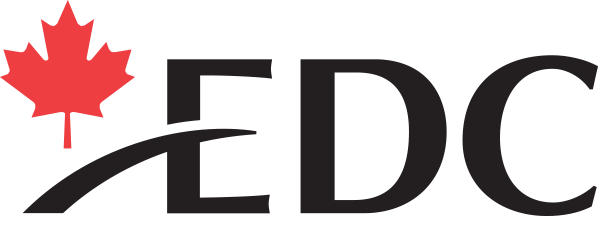McDonald’s became a great example of the power of the Unique Selling Proposition (USP) back in the 1950s when, under the tireless energy of entrepreneur Ray Kroc, it became the go-to eatery for American families seeking speedy service and a consistent taste visit after visit.
Although in 2017 speed and consistency are no longer USPs, back in the mid-fifties McDonald’s was doing something revolutionary — using modern cooking techniques and technologies to offer people the same fast, consistent dining experience every time they drove up to the Golden Arches.

Two types of company
A USP can be defined as that one “thing” that makes an organization different from every other similar organization — what makes it special or original. Differentiation is at the heart of every single USP, and organizations that fail to separate themselves from the pack are hard pressed to evolve from being “a face in the crowd” to being “the face” in any given market space.
The difference between “a face” and “the face” companies is the answer to the basic question all customers will invariably ask: “How can your company give me more benefits than your competitors?” Organizations that are secure in and clear on their USP will be able to respond to such questions without blinking an eye.
Three types of USP
Although every company wants to be everything to everybody, ultimately most selling propositions will fall into one of three categories:
- Product – the goal being to offer a product or service that is superior to what competitors are offering. Think as “niche” as you can without diving too deep. A great example of this would be a company selling first edition and/or out-of-print literary editions — their USP or differentiator is based on its ability to source and offer rare books that you can’t find anywhere else without going to a great deal of effort.
- Price – the goal being to offer products at highly competitive — preferably the lowest — possible price. Price-based USPs should not undermine the quality of the product(s).
- Support – the goal being to offer customers unmatched post-sale assistance and assurance, including uncommonly generous return policies, highly responsive help lines and online chat, extensive online help resources, or some combination of these elements. Ideally, people will come to believe that while all companies offer some level of support, no one offers support the way you do.
Each “flavour” of USP focuses on a different value. Obviously, what your target audience cares most deeply about should guide your approach. Establishing a buyer persona will help you settle on your core proposition.
USP white paper
The EDC white paper “Create a Unique Selling Proposition for Your Global Market,” describes USPs and takes you through the steps you need to take to help create your company’s optimal USP and ensure your sales force and intermediaries apply it effectively to increase sales in overseas markets.
The white paper covers a wide range of topics, including:
- Why you need to have a USP
- What research you need to do in creating your USP
- Practical advice for creating your USP
- Difference between a “good” and a “not-so-good” USP
- Ways to use your USP in business
In “Create a Unique Selling Proposition for Your Global Market,” you can move from the initial research phase of your USP journey to the exciting final phase in which you, as the owner of a new USP, can work effectively with your partners and representatives to come to grips with your competition and develop laser-focused marketing materials that truly help to set you apart.

